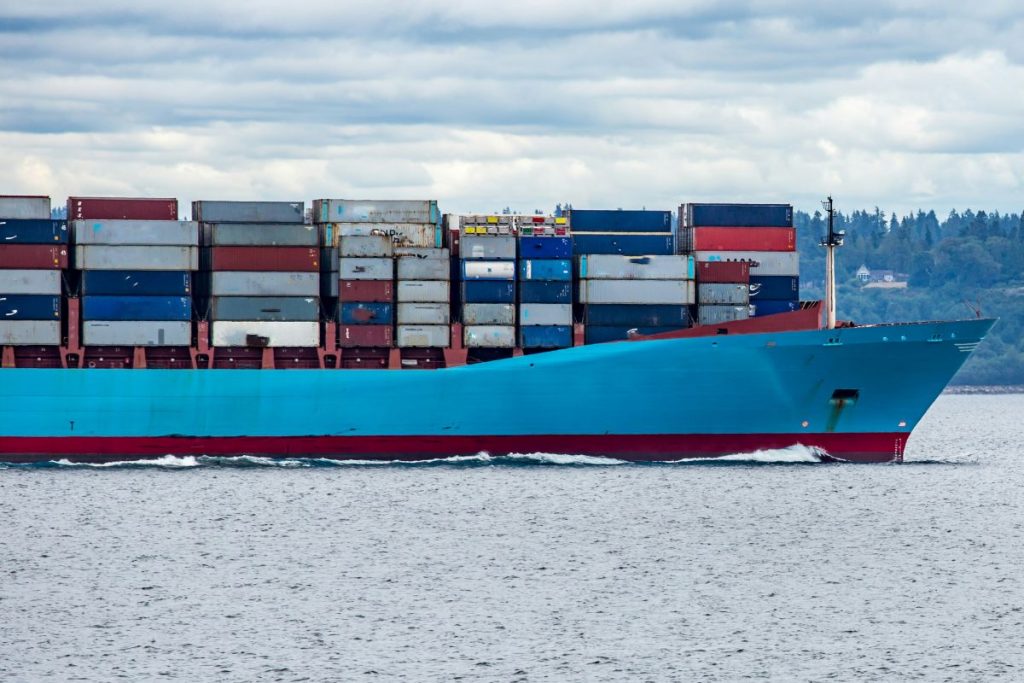Trade tensions continue to cast uncertainty over global markets, yet despite new U.S. tariffs and ongoing geopolitical shifts, global trade is not slowing—it is restructuring. Supply chains are adapting to a new reality in which protectionist policies drive regional diversification rather than a retreat from international trade altogether.
New projections indicate that while global trade growth will continue through 2029, it will follow a different trajectory than in past decades. The latest forecasts suggest a compound annual growth rate of 3.1 percent, keeping pace with global GDP. However, underlying shifts in trade relationships, supply chain networks, and investment strategies are redefining which regions will emerge as key trade hubs in the years ahead.
The Impact of Tariffs is Complex, But Trade Finds a Way
U.S. tariff policies have sparked heated debate, but historical trends suggest that protectionist measures do not eliminate trade—they redirect it. When barriers rise in one market, companies reconfigure supply chains, shifting sourcing and production to countries with fewer trade restrictions.
Recent trade realignments illustrate this shift in action. India, Vietnam, Indonesia, and the Philippines are emerging as alternative sourcing hubs as businesses seek to diversify beyond China while maintaining access to cost-competitive manufacturing. Foreign direct investment in these markets has surged in recent years, reflecting their growing importance in global supply chains.
While tariffs create short-term volatility, their long-term impact depends on whether companies view them as a temporary hurdle or a structural shift in trade policy. Businesses that treat tariffs as a cyclical policy tool may opt for short-term workarounds, absorbing higher costs or renegotiating supplier contracts. However, those that see tariffs as part of a broader move toward protectionism are investing in long-term supply chain restructuring to reduce exposure to politically sensitive markets.
The effects of U.S. tariffs extend beyond just cost considerations. Trade restrictions have also incentivized regional supply chain resilience, prompting companies to localize production, build redundancy, and engage in nearshoring strategies. For North American companies, this has fueled greater investment in Mexico and Canada, taking advantage of trade protections under the U.S.-Mexico-Canada Agreement.
Trade Growth is Becoming More Regionally Concentrated
Despite protectionist trends, trade remains a dominant driver of economic expansion. However, its growth is shifting toward new regions that are actively strengthening trade ties outside of traditional Western markets.
South and Central Asia, Sub-Saharan Africa, and the ASEAN economies are projected to see trade growth rates of 5 to 6 percent annually through 2029, far outpacing the 2 to 4 percent growth forecast for North America and Europe. The reasons for this are twofold: these regions are experiencing rapid industrialization and rising domestic consumption, and they are also benefiting from the realignment of global supply chains away from over-reliance on China and the U.S.
India is a prime example of this shift, positioned to contribute 6 percent of additional global trade growth over the next five years. It is attracting significant foreign direct investment as companies look to develop long-term production capacity in a politically stable, high-growth economy.
This movement toward regionalization does not mean a reversal of globalization. Instead, it reflects an evolution toward friendshoring, where companies prioritize trade and investment with politically aligned or economically stable partners. Supply chain leaders increasingly recognize that agility, rather than lowest-cost sourcing, is the defining characteristic of modern trade strategy.
The Long-Term Outlook: Adaptation, Not Retraction
Trade remains one of the most adaptive forces in the global economy, yet the structure of global supply chains is entering a period of transition. The next five years will see continued trade growth, but not necessarily along traditional paths. Protectionist policies will create challenges, but they will also accelerate the diversification of trade networks, strengthening relationships among countries that remain committed to an open trade environment.
The outlook depends largely on how businesses and policymakers respond to changing conditions. Companies that invest in diversified supply chain strategies will be better positioned to navigate uncertainty, while regions that establish themselves as stable and reliable trade hubs will see increased foreign investment. The continued expansion of trade agreements outside of U.S. influence suggests that even as one major economy introduces barriers, others will find ways to maintain momentum.
The global economy has shown resilience through past disruptions, and while trade may be growing at a more measured pace, it remains an essential driver of economic progress. The challenge ahead is not whether trade will continue, but how companies and governments will adapt to ensure long-term stability and growth.





